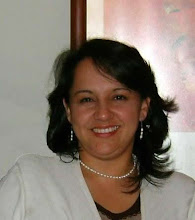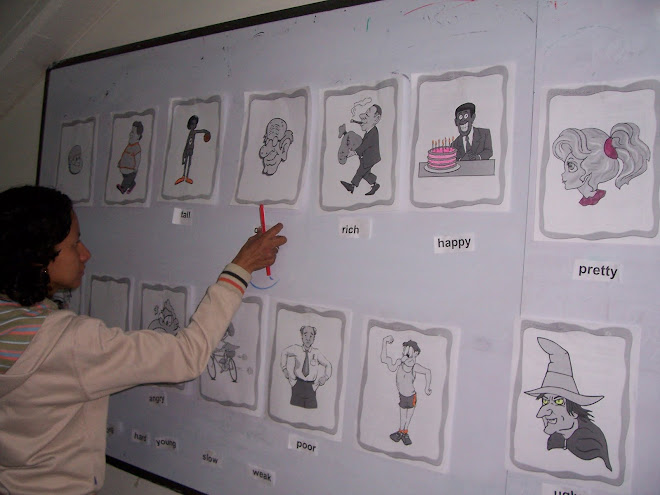Choosing the appropriate title to” catch” the reader’s attention was an interesting exercise. Using the key words and trying to set a “sound” phrase were tips useful to get the title. The feedback given by some colleagues and by the tutor enriched the initial proposal.
The final title is Teacher: Can you SEE what I am saying. A research experience about developing an English language course for deaf learners.
About the abstract, I just followed the patterns given in class. Once again, I did a kind of ” brainstorming exercise” and then, I organized the ideas trying to fulfill the requirements set by the journal.
This is the final abstract:
Since 2003 the Universidad Pedagógica Nacional has integrated deaf individuals as regular students in the institutional academic programs. However, these students have not received English instruction as part of their academic curriculum, making feel themselves in disadvantage with their hearing peers who have at least three levels of the foreign language training.
The main goal of this research project was to identify the effect of using some EFL internet resources as a support on the design and development of a blended English course for deaf university students. It was also an attempt to diminish the disadvantage of these students in a spoken-language environment that uses English as a means to cope with a growing deal of information useful for personal and professional purposes.
The present Action Research project involved eleven volunteer deaf participants who belong to different academic programs at U.P.N. and met once a week to have a face-to-face session with a hearing teacher supported by a Sign Language Interpreter. Students also had the opportunity to develop a weekly virtual activity designed by the teacher in order to explore and use some EFL internet resources for learning purposes.
The data were collected by means of surveys, artifacts, field notes and a recorded interview in order to know what worked well for deaf students and what barriers could interfere with their English learning process.
The study revealed some insights on the English learning process of deaf university students related to their preference for collaborative learning, the effectiveness of virtual vocabulary activities linked to visual media and their interest to get immediate supported feedback of grammar exercises.




No hay comentarios:
Publicar un comentario